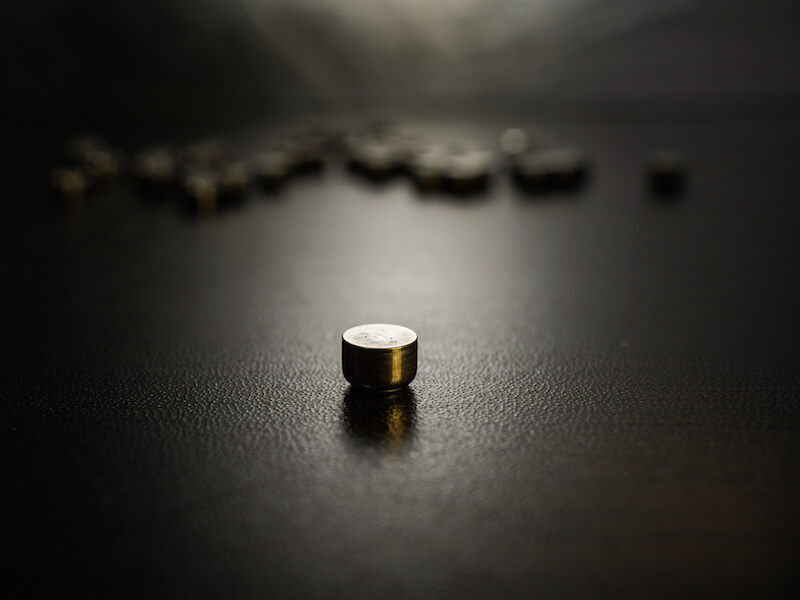
From cameras to phones to music players, how we power our electronics has evolved. A robust, rechargeable hearing aid battery is finally living up to the hopes of hearing aid manufactures to replace the antiquated disposable power sources of the past.
Size 312 batteries are the most prevalent of the disposable batteries that have traditionally been used to power hearing aids. The most prominent form of this battery, now, is “zinc-ion”.
Disposable Hearing Aids Have a Downside
As the name would indicate, a zinc-air battery is affected by the presence of air. In the case of the 312 batteries used in many hearing aids, the user is required to pull a small tab off the back of the battery before it is turned on and operational.
They will start losing power the moment they are fully oxygenated. So the power is draining even if the user isn’t actively using it.
The biggest disadvantage to disposable batteries, for the majority of users, is how long they last. With 312 batteries, the user may be changing the batteries in their hearing aids around 120 times each year because they drain in 3 to 12 days according to some reports.
That also means users may need to buy 120 batteries, spend the time twice every week to replace them, and correctly dispose of each. That’s probably over $100 in batteries from a cost perspective alone.
Rechargeable battery Improvements
Luckily, for hearing aid wearers looking for another alternative, there have been significant developments to rechargeable hearing aids that now make them a feasible option.
The vast number of individuals would use rechargeable hearing aids if given an alternative according to some research. Over the years, these models were impractical because they didn’t maintain a charge long enough. But today’s rechargeable batteries will last all day without needing a recharge.
Users won’t see substantial cost savings by changing to rechargeable batteries, but where they will see an obvious improvement is in quality of life.
These new models give less aggravation on top of maintaining a 24 hour charge because the user doesn’t deal with the burden of constantly swapping out the batteries. Instead, they just need to take out the battery and put them in a convenient tabletop charger.
A disposable battery approaching the end of its life simply can’t function at full power. And you can’t determine how close the battery is to quitting. Because of this, users risk putting themselves in a position where their battery might die at a critical time. Not only is this a safety hazard, but users could miss out on important life moments due to a dead battery.
Hearing Aids Come in Different Types
There are distinct benefits to each of the different materials that rechargeable batteries are constructed from. The ability to maintain a charge for 24 hours is one reason why integrated lithium-ion batteries are one worthwhile option that manufacturers supply. You might be surprised to learn that this same kind of technology is what charges and powers your cellphone.
Another kind of contemporary rechargeable battery is a silver-zinc. This revolutionary approach was originally manufactured for NASA’s Apollo missions to the moon. You can even use this technology to upgrade and retrofit the existing hearing aids you’re comfortable with by changing the device to rechargeable power. Just like lithium-ion, silver-zinc can also produce enough power to last you all day.
Some models even allow you to recharge the battery while it’s still in the hearing aid. During the night, or at some other time when the hearing aid is not being used, the entire hearing aid can be placed directly into the charger
While all of these rechargeable solutions offers substantial benefits over disposable batteries, each option should be properly vetted to get a complete picture and to identify if it’s best for you.
If you’re looking for more information about hearing aid technology or how to select the ideal hearing aid to satisfy your needs, we encourage you to look at our hearing aids section.